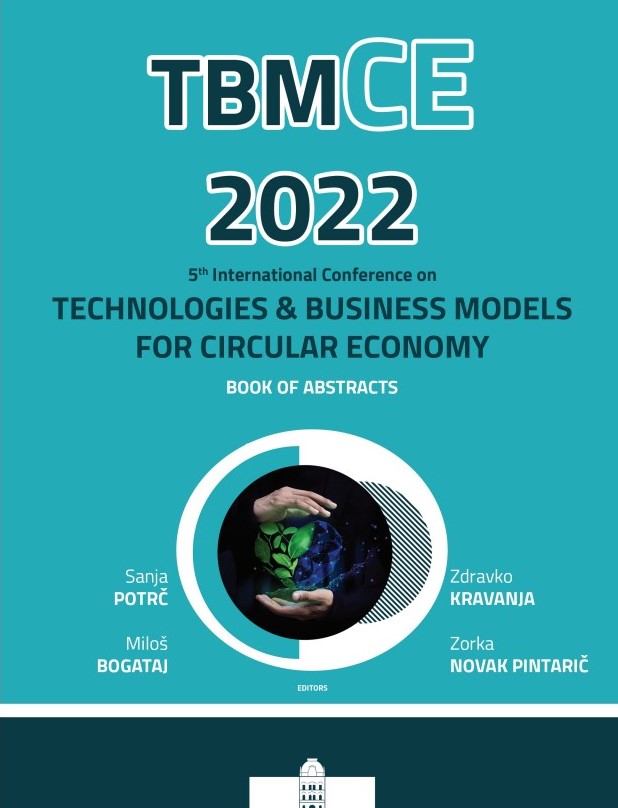In order to limit the temperature, rise to well below 2 °C and thus mitigate the effects of climate change, current measures at the global level are insufficient and too slow. Since most greenhouse gas emissions are released from energy production and use, accelerating the transformation of the energy system is crucial to achieving the goal of net-zero carbon emissions by 2050 (International Energy Agency, 2020).
This contribution, therefore, presents a stepwise transition to a sustainable energy system in the EU by 2050, aiming to reach the state of annual net-zero carbon emissions or even go beyond carbon neutrality. For this purpose, a mixed-integer linear programming (MILP) model was developed, achieving balanced solutions between the environmental, economic, and social pillars of sustainability. In order to obtain a regenerative system design, an assessment and prediction of the Earth’s long-term CO2 emission self-sequestration and atmospheric CO2 concentration were evaluated as functions of future anthropogenic CO2 emissions. The results show that, taking into account the Earth’s self-regenerative capacity, carbon emissions neutrality in the EU could be achieved as early as 2039 by reducing CO2 emissions by 69% from 1990 levels with a selection of appropriate technologies, making the transition sustainable and economically feasible.



